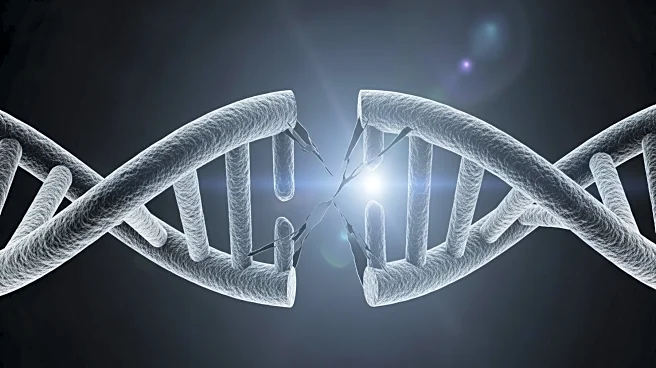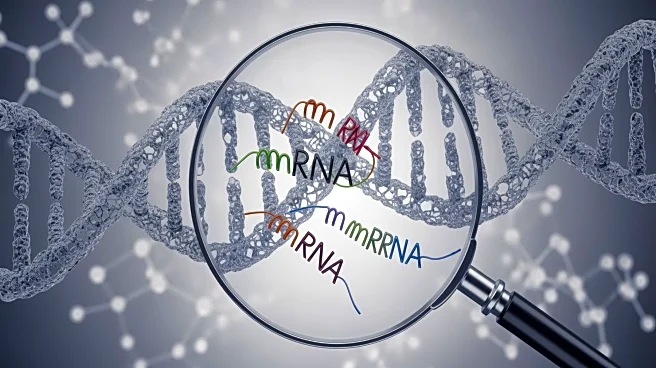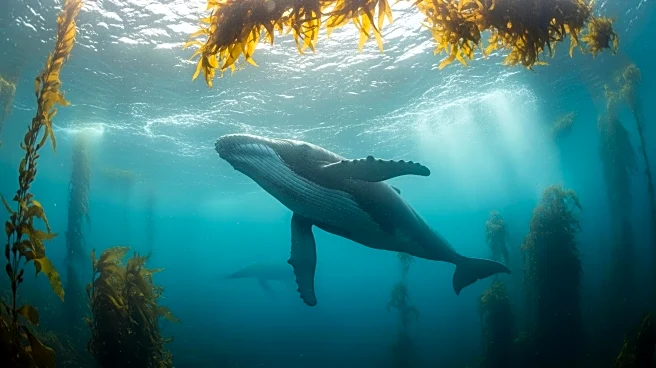What's Happening?
A new study proposes that genetic incompatibilities between Neanderthals and Homo sapiens may have contributed to the former's extinction. Researchers analyzed DNA from both species, focusing on the PIEZO1
gene, which affects oxygen transport in blood. They found that hybrid mothers with Neanderthal and H. sapiens ancestry might have experienced higher pregnancy failure rates due to mismatched oxygen affinity between their genes and those of their fetuses. This genetic mismatch could have led to reproductive disadvantages for Neanderthals, compounding over generations and contributing to their decline.
Why It's Important?
The study offers a novel perspective on the factors leading to Neanderthal extinction, highlighting the role of genetic incompatibilities in reproductive success. Understanding these genetic interactions provides insights into human evolutionary history and the complex dynamics of interbreeding between species. The findings also have implications for modern human health, as similar genetic mismatches could affect pregnancy outcomes today. This research underscores the importance of genetic studies in unraveling historical population dynamics and their impact on present-day human genetics.
What's Next?
Further research is needed to explore the extent of genetic incompatibilities between Neanderthals and Homo sapiens and their impact on reproductive success. Scientists may investigate other genetic factors that contributed to Neanderthal extinction, including ecological and social pressures. Additionally, studies could focus on identifying similar genetic mismatches in modern populations to improve understanding of pregnancy complications. Collaborative efforts between geneticists and archaeologists may provide a more comprehensive view of human evolutionary history.
Beyond the Headlines
The study raises questions about the ethical implications of genetic research, particularly in understanding human ancestry and its impact on modern health. It highlights the need for careful consideration of genetic data in addressing health issues and preserving genetic diversity. The research also emphasizes the interconnectedness of genetic and environmental factors in shaping species survival, offering lessons for contemporary conservation efforts.











